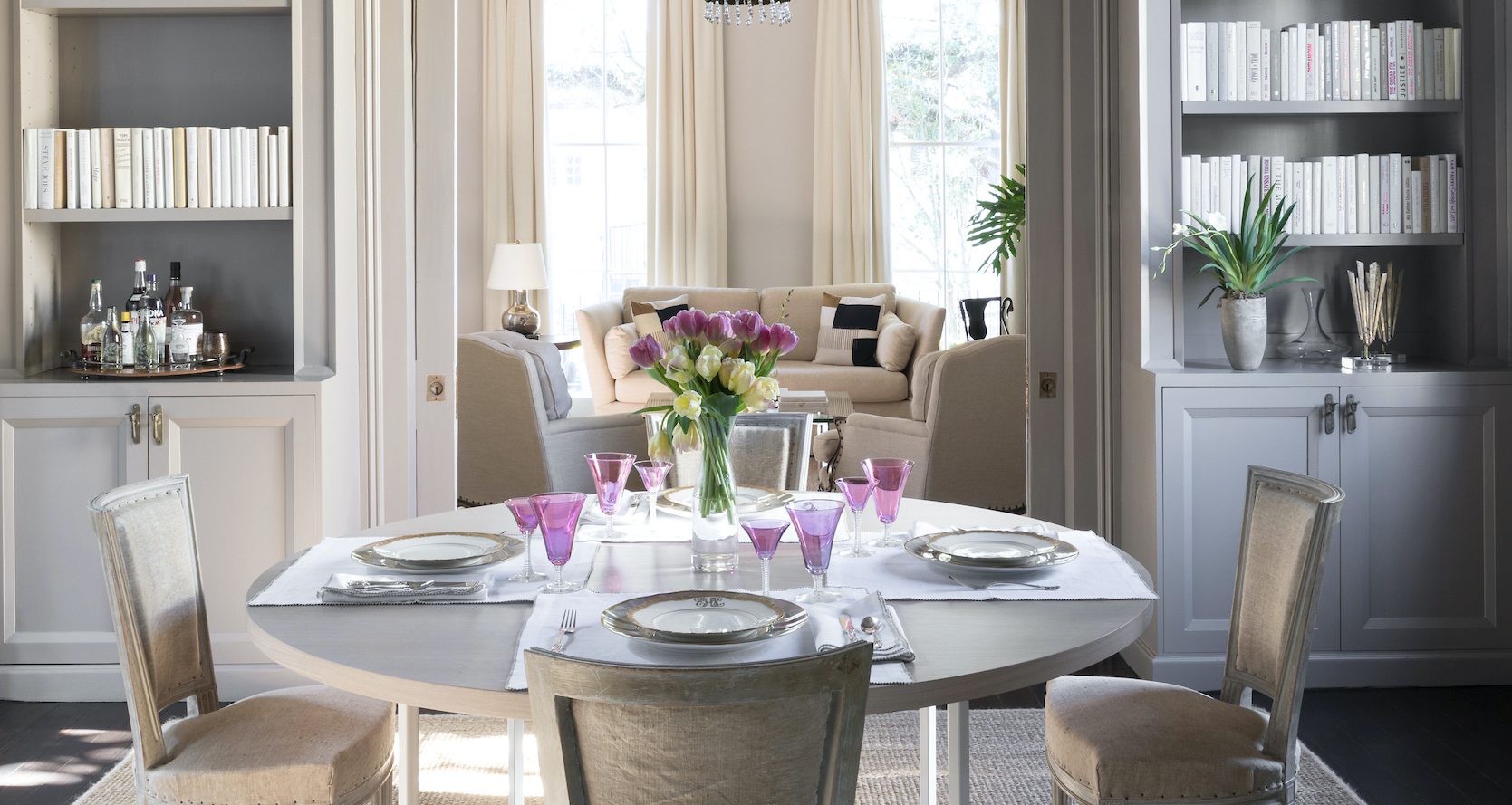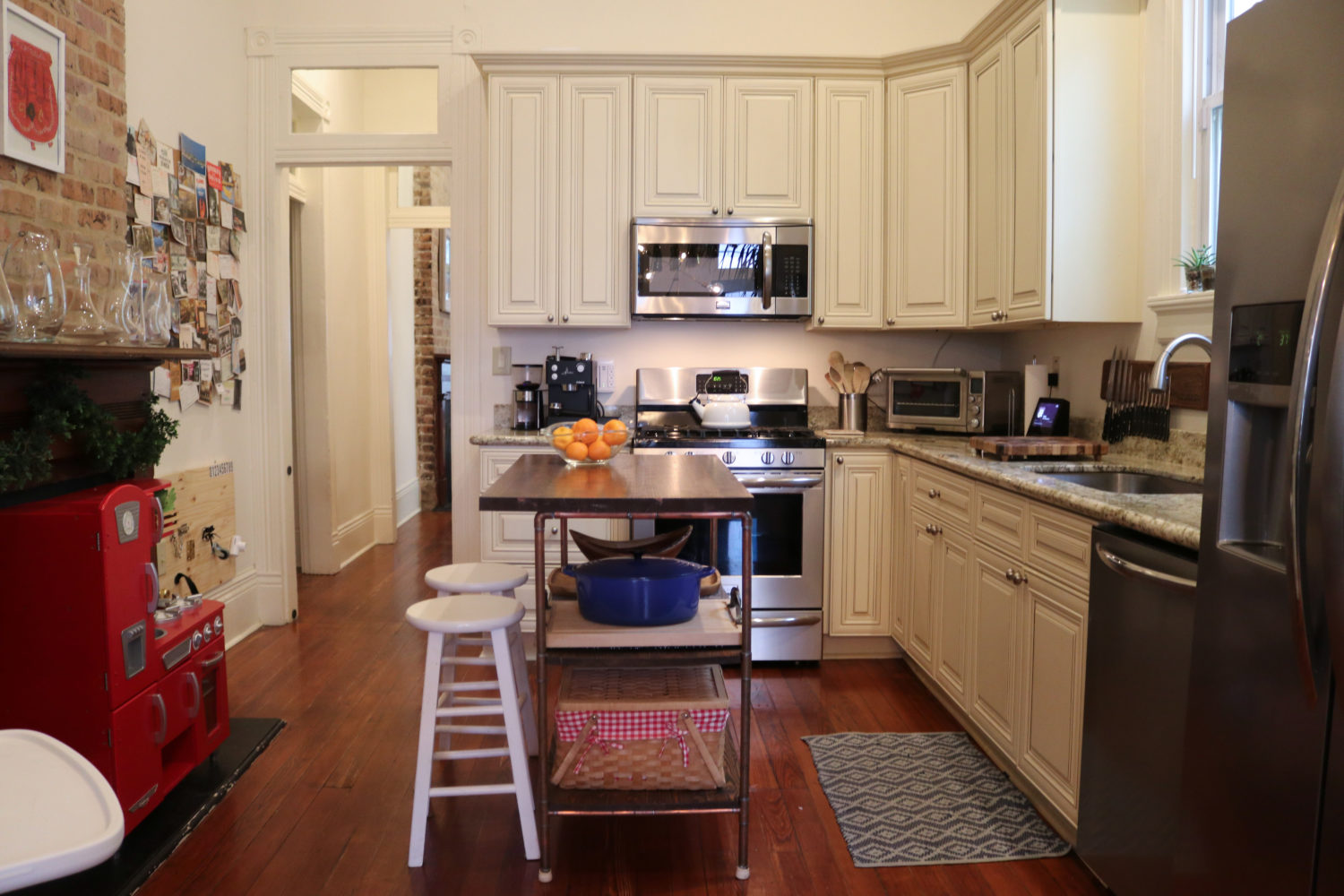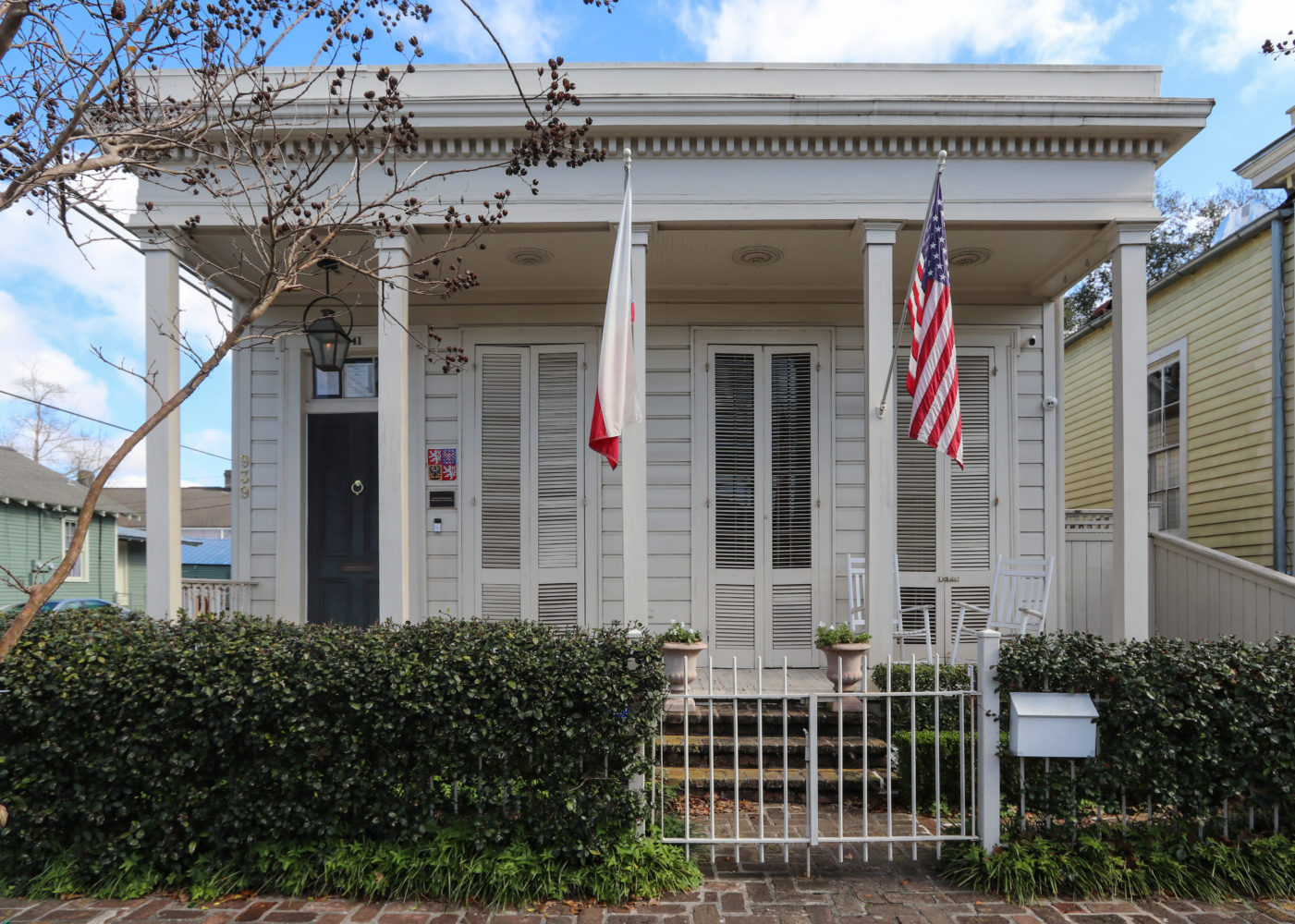I’m a Preservationist
Iñaki Alday is the dean of the Tulane School of Architecture, In the March issue of PRC’s Preservation in Print magazine, he talks about the importance of historic preservation.
Interested in getting more preservation stories like this delivered to your door each month? Become a member of the PRC for a subscription!
You founded aldayjover architecture and landscape in 1996 in Barcelona. Is there a difference in the way society views historic preservation in Spain versus in the United States?
The use of the words is an interesting place to start. “Conservacion,” the most similar concept (in Spain), is rarely used and then mostly for antiquities — some Roman remains, for instance — that are treated similarly to artworks. We approach our architectural heritage (in Spain) mostly through “restoration” and “rehabilitation,” which usually includes new uses and additions that entail judgment on what to retain and what to remove of the multiple alterations that most buildings have suffered during their centuries of life. Most (Spanish) cities are filled with buildings often dating from the 1700s mixed with structures erected from subsequent centuries, which forces an organic relation of continuous adaptations in their rehabilitations. Significant historic buildings and facades within historic districts are approached more strictly as restorations. An exciting outcome of this lively relation is the need to take a position in what to preserve, which does not necessarily mean saving the oldest or even the most famous. As an example, our Barcelona office is located in one of the city’s late palaces, built in the 1600s, that got a significant addition in the 1800s, including a new neoclassical façade unifying both structures. When we were rehabilitating the façade, we discovered the remains of the original, including a typical upper floor arched gallery completely altered by the new openings. In dialogue with the district preservation officials, we decided to cover those remains back and restore the 1800s façade, revealing an old layer of stucco of extraordinary material quality despite having been damaged by the following layer. Perhaps, the main difference is the clear sense that the historic fabric is vast and very much alive and in continuous transformation, versus the dilemma between demolishing and preserving. And my sense is that New Orleans is very close to Spain and Europe in this mentality, being used to living with a deeply historical and vibrant historic fabric, quite different to the other American cities I know.
As dean, what view of preservation do you bring to the Tulane School of Architecture?
First, I would hope to push preservation as an integral part of architecture; neither of them can exist without the other. Every one of our architects should be also a preservationist by heart and by practice, while our preservationists should be highly sophisticated specialists with design sensitivity, imagination and an open mind to make the city’s historic architecture thrive. Second, as a top school of architecture in one of the most renowned research universities in the country, we aim to produce innovation in the field and bring to light new questions. Preservation has enormous social and environmental implications that we are exploring that we need to communicate and contribute to the world. We are making a significant effort across the school in being in the forefront of the discussions in our fields. Our preservation studies area has the responsibility of leading the field nationally and internationally.
What attracted you to New Orleans? What opportunities are inherent in this city and at the architecture school?
This is the most exciting place in the United States to address — from our fields of the built environment — the environmental, the social and the economic crises in which our societies are deeply submerged. Preservation, architecture and real estate development — and urbanism as our common thread — should have an enormous role in defining the new ways to inhabit our cities and the planet, especially the most vulnerable areas like ours: the rivers and deltas. Our uniqueness is that we understand how all of these are to be taken seriously with real solutions, not as an intellectual exercise. And then, our case is a prototype for so many others in the planet. Universities are not in ivory towers anymore, at least Tulane is not. And society cannot afford that either; this is a time of urgency. The most effective way to address this urgency is to properly educate the generations that are going to change the way we have been doing.
Advertisement
Rumor has it that you and your wife, also an architecture professor, live in a historic house on Carondelet Street. Care to tell us about it?
I am fortunate to have an extraordinarily brilliant professional partner that is also my wife and my academic colleague — all areas at the same level of exceptionality. We were lucky to find a beautiful 1906 double on Carondelet with plenty of character. We have always lived in old spaces with character, in patent need of renovations. Then, it is about asking questions of the house — “what do you want to be next?” — and listen to the answers that appear through the drawings. Sometimes it is about taking advantage of having multiple stairs, which allows organization of one’s living in unexpected ways, as we’ve done on Carondelet. In Barcelona, it was about learning to use 12 different kinds of doors (and we actually designed a set of cards with them). Or, in my parents’ farmhouse, to get light and ventilation through massive stone walls without apparent change in the tectonic appearance. Sometimes, you cannot be shy in correcting original problems. In the Carondelet house, the main stairs are generous and spectacularly beautiful, but the hallway was too small. We did not hesitate in reorganizing the space at the scale of the stair and the ceiling heights. But we accepted the placement of kitchen and bathrooms, with their relation to dining area and rooms, probably very different to the layout than we would have done from scratch. In my point of view, the worst thing you can do is to impose contemporary habits to an old house and destroy its spatial logic — for instance, the suburban standard of one toilet for each bathroom. Every house with strong personality teaches you to live there its way, a negotiation that you have to be prepared to accept. Turning down certain standards of comfort, one enjoys the “voice” of the house and gains a new understanding of the domestic — even an education in sharing!
What impact do you hope Tulane architecture grads will have on this city and the world?
Unfortunately, architects, preservationists, urbanists and landscape architects are not typically driving the important decisions that must be urgently made. We are not at the tables where critical decisions about the growth, the density, the infrastructures and the social facilities of our cities are made. The results are obvious: a completely unsustainable way to inhabit this planet. We need to become much more than service providers. Tulane grads are and will continue being excellent professionals — and also real leaders. For that, we are educating them to understand the interrelations of multiple fields and scales, and to be able to deal with the enormous complexity of today’s world, both in New Orleans and in any other possible place of the planet. Our students and faculty are doing substantial research — in some cases as official advisors to governments — in India, Argentina, Ethiopia and, of course, in Louisiana and New Orleans. Interestingly, our expertise is being sought after in Rajasthan (the largest state of India), Addis Ababa (the Ethiopian “capital of Africa”), Quilmes (Argentina) and Saudi Arabia. We also contribute significantly in New Orleans, via the extraordinary work of the Small Center for Collaborative Design, of the Preservation Studies program, and our many faculty and students committed to this incredible place. However, we hope we will be asked and allowed to support the city, the state and our society even more, as we are doing in all the important international places I mentioned. We are seen as a global leader in water, social and urban issues. Nothing would be more motivating than having the same recognition at home, and the opportunity to address the urgent changes that we must face in order to address the future of our city and our delta.
Susan Langenhennig is PRC’s Director of Communications and the editor of Preservation in Print.
Advertisements









